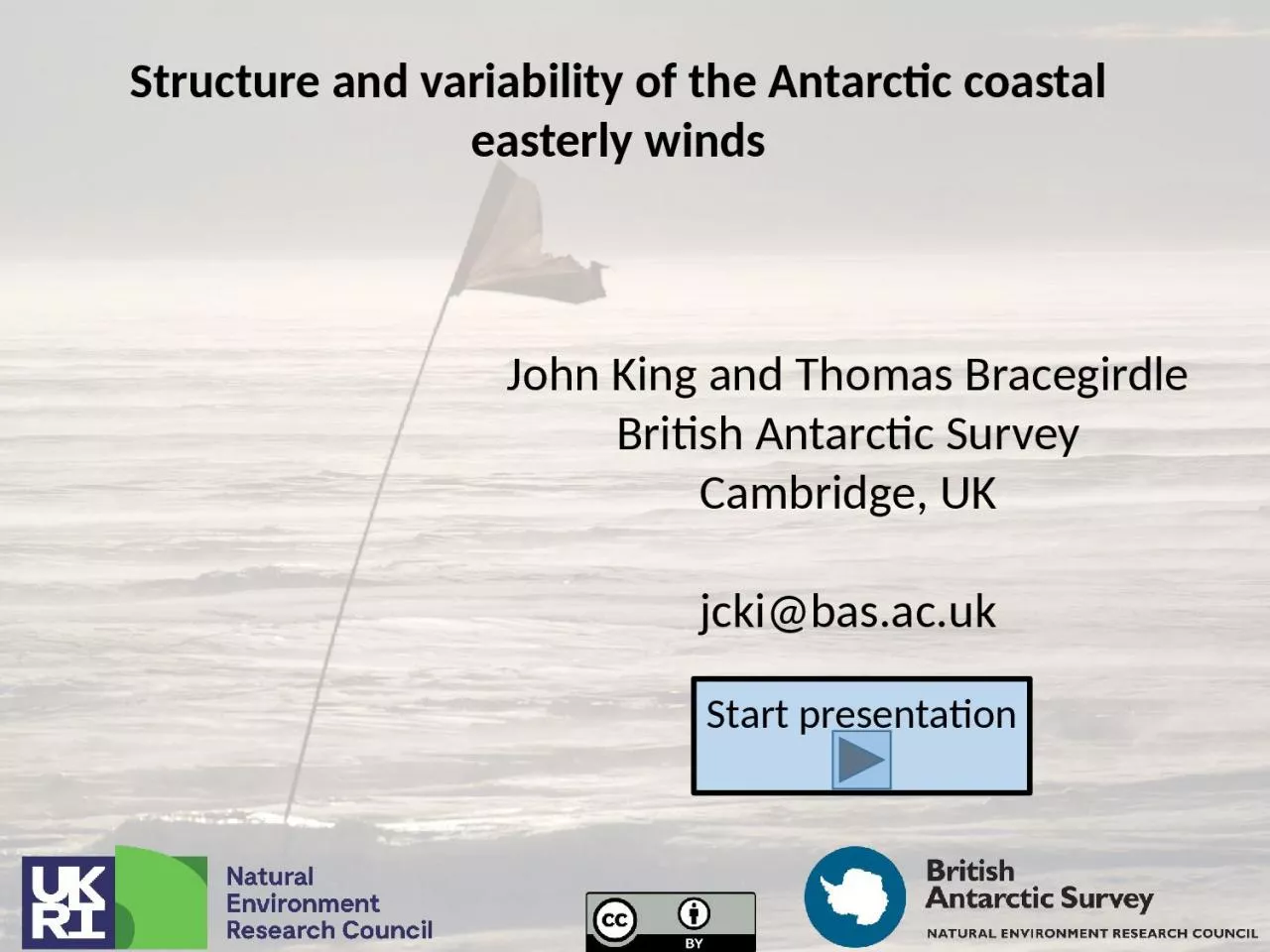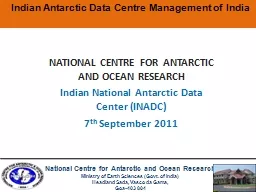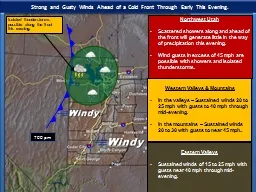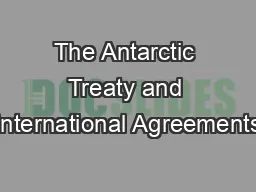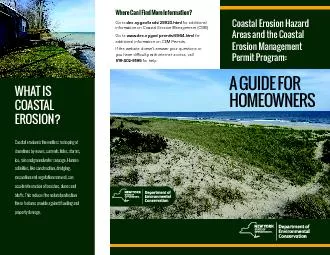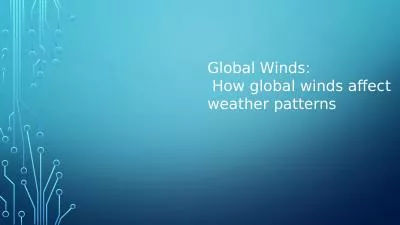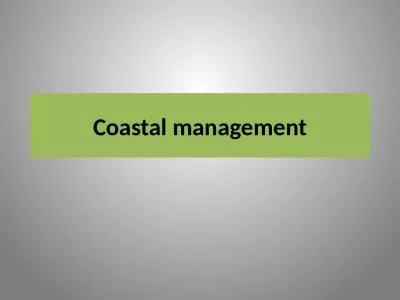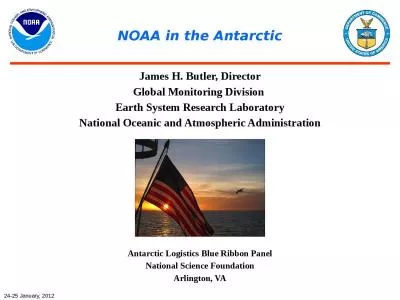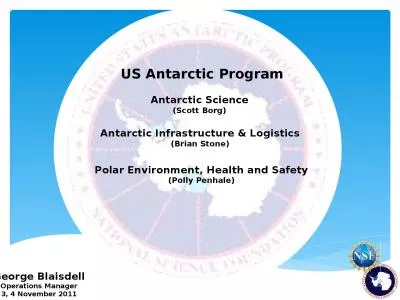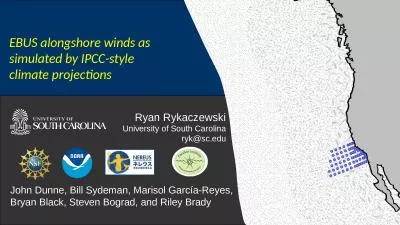PPT-Structure and variability of the Antarctic coastal easterly winds
Author : brown | Published Date : 2023-10-04
John King and Thomas Bracegirdle British Antarctic Survey Cambridge UK jckibasacuk S tart presentation Introduction to the Antarctic coastal e asterlies Climatology
Presentation Embed Code
Download Presentation
Download Presentation The PPT/PDF document "Structure and variability of the Antarct..." is the property of its rightful owner. Permission is granted to download and print the materials on this website for personal, non-commercial use only, and to display it on your personal computer provided you do not modify the materials and that you retain all copyright notices contained in the materials. By downloading content from our website, you accept the terms of this agreement.
Structure and variability of the Antarctic coastal easterly winds: Transcript
Download Rules Of Document
"Structure and variability of the Antarctic coastal easterly winds"The content belongs to its owner. You may download and print it for personal use, without modification, and keep all copyright notices. By downloading, you agree to these terms.
Related Documents

